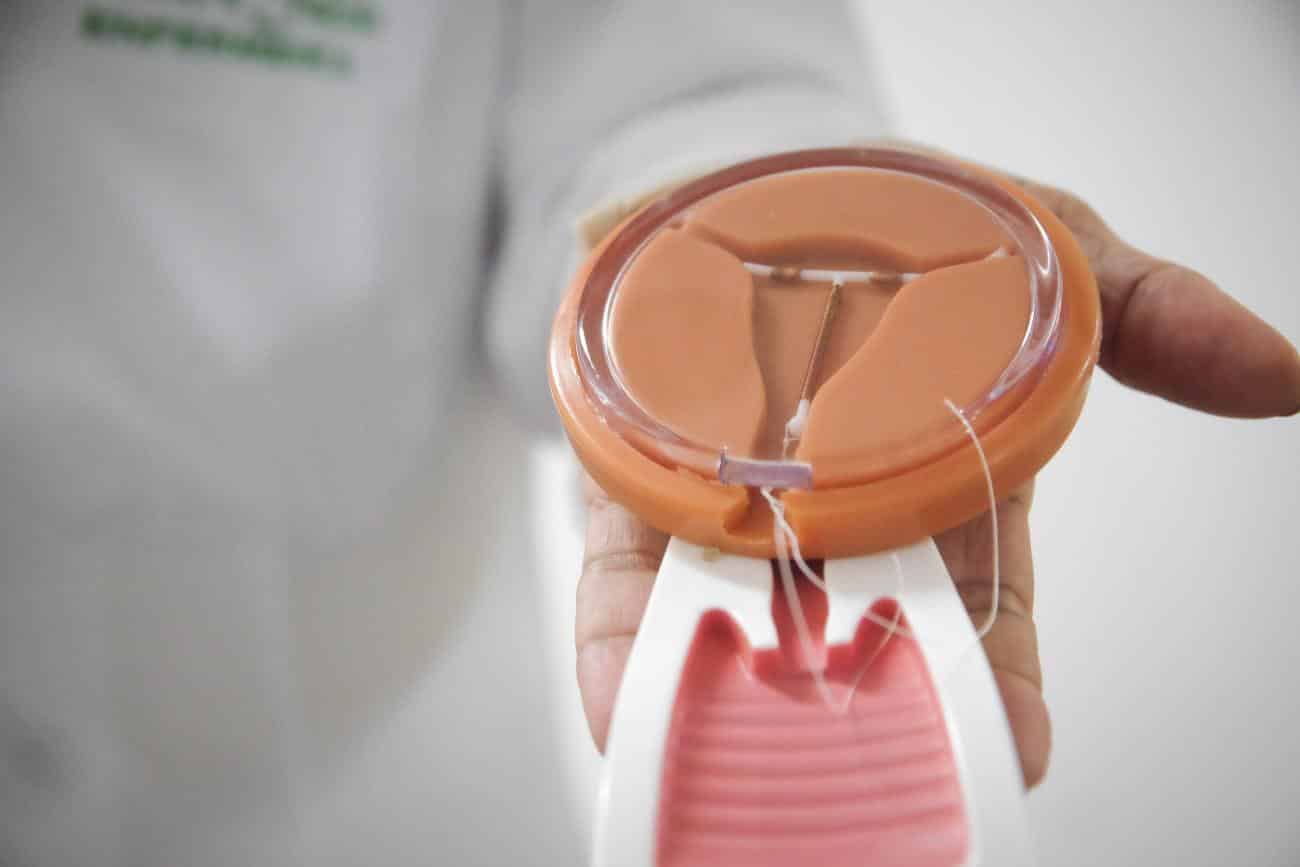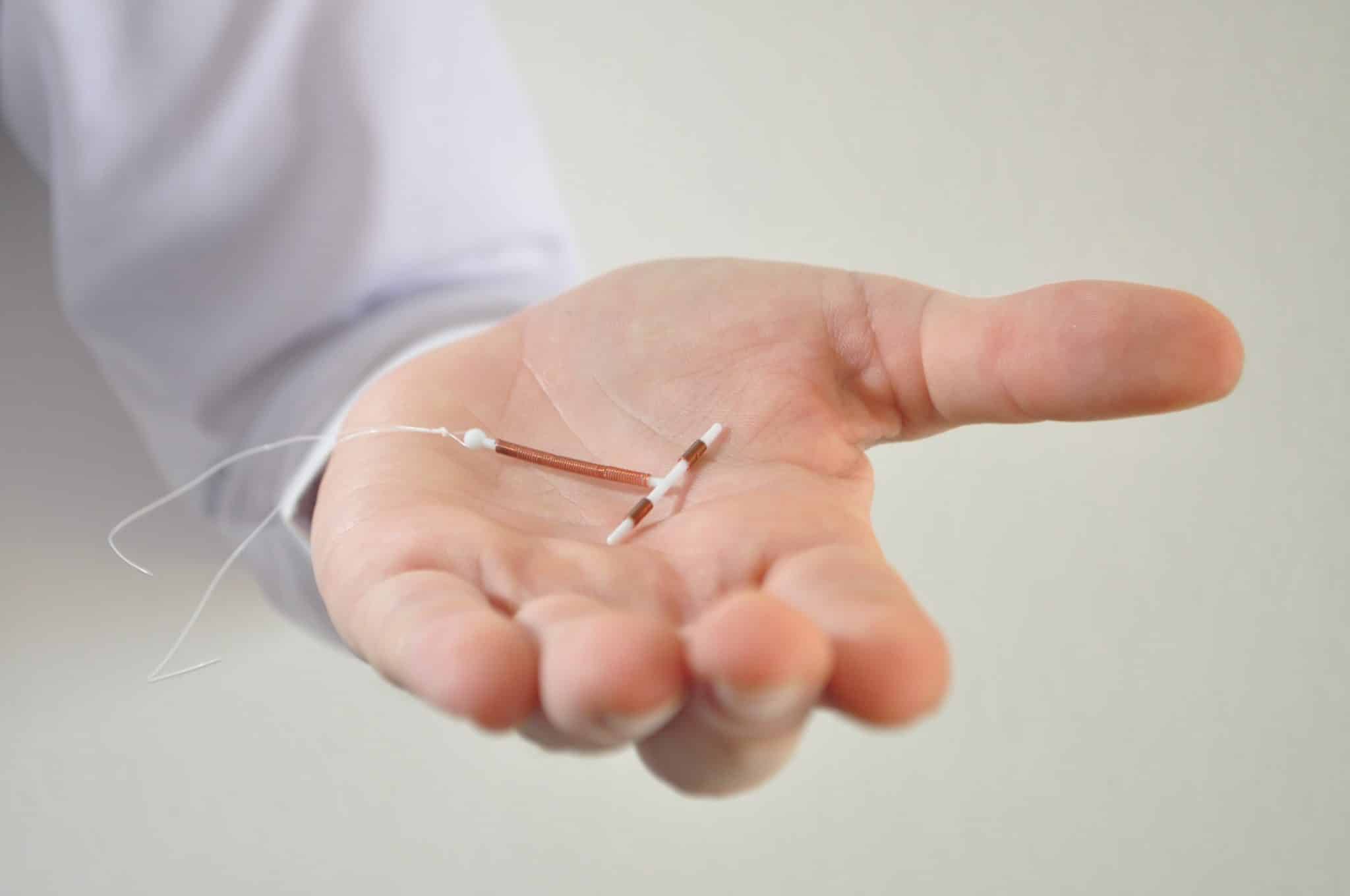Discover the types of IUDs and the advantages of the contraceptive method that has become a favorite among women.
According to the World Health Organization (WHO), the intrauterine device, better known as IUD, is considered the most used reversible contraceptive method in the world. This is because, among contraceptive methods, the different types of IUDs stand out for their effectiveness and practicality.
As the modern woman’s routine changed, her contraceptive methods also followed this change. Furthermore, there is currently a search for safer alternatives, which contain fewer or no hormones. Therefore, as it does not depend on daily intake and is a very effective and safe method, the IUD has become quite popular in recent years.
Therefore, the IUD is a practice with a high success rate, as its effectiveness is 99% or more. To add to this, it causes few side effects, has the lowest price compared to other options and can last five to ten years. Therefore, we have brought here everything you need to know about the different types of IUDs and all their advantages. Let’s go?
What is an IUD?

The intrauterine device, as the name suggests, is a “T” or “Y” shaped contraceptive method that is inside the uterus. Its function is to prevent fertilization from occurring. In this sense, there are different types of IUDs. In short, they can be non-hormonal, such as copper and silver, or hormonal, such as Mirena and Kyleena. Now, let’s take a deeper look at what they are and how each of them works.
copper DIU
The copper IUD is made of plastic and coated with copper. Above all, it is free from the influence of any hormone and releases small amounts of copper into the uterus. Thus, this release causes inflammation in the endometrium, which makes egg implantation impossible and creates a toxic environment for sperm.
Furthermore, it is more affordable than other types and lasts up to 10 years. As it does not contain hormones, it can also be recommended for women with breast cancer or other diseases.
However, there may be some side effects when using it. The copper IUD can increase menstrual flow and, consequently, cramps during this period. However, unlike hormonal drugs, the copper intrauterine device does not alter libido or influence weight gain.
IU of silver
This type of IUD also contains copper, but uses silver to balance its unwanted effects. Therefore, silver increases the contraceptive effect and reduces copper oxidation. In this way, it can reduce the increase in menstrual flow and cycle cramps, in addition to lasting an average of 5 years. A great option!
Mirena
The Mirena IUD was also known as the Intrauterine System (IUS). In this sense, it promotes the release of levonorgestrel, a synthetic progesterone hormone, directly into the uterus. Therefore, this hormone is responsible for modifying cervical mucus, which makes it difficult for the egg to implant and prevents sperm from reaching the uterus.
As it releases levonorgestrel directly into the uterus, the amount of hormone it makes available is low. This can reduce menstrual flows and, therefore, cramps. While it can last up to 5 years and is recommended for women who suffer from endometriosis or adenomyosis.
Kyleena
The main differences between the Mirena and Kyleena IUDs are the size and the amount of hormone, which is the same. In other words, Kyleena is smaller, which makes it easier to place and use. Therefore, it is recommended for use by teenagers and women who have not yet had children.
Next, this type of IUD has a smaller amount of levonorgestrel, which allows patients who are more sensitive to the hormone to have fewer side effects. Finally, its effectiveness rate is practically the same as Mirena.
How is the device inserted?

Firstly, a medical consultation is necessary, so that the professional can clarify any doubts and explain the possibility of insertion. He will guide the placement and will be able to help you with which one is best suited for you and if you need analgesia or some type of sedation.
Therefore, in Brazil, the Unified Health System pays for the copper IUD and its placement. Furthermore, health plans may cover other types of IUDs and their placement. Finally, it is possible to remove it at any time after placement if there is no adaptation or if you want your fertility back.
So, what did you think of this article? If you liked it, check out also: Mirena IUD, what is it?

Sign up for our newsletter and stay up to date with exclusive news
that can transform your routine!
Warning: Undefined array key "title" in /home/storelat/public_html/wp-content/plugins/link-whisper-premium/templates/frontend/related-posts.php on line 12
Warning: Undefined array key "title_tag" in /home/storelat/public_html/wp-content/plugins/link-whisper-premium/templates/frontend/related-posts.php on line 13




